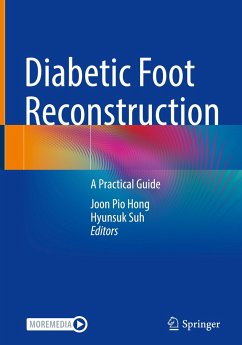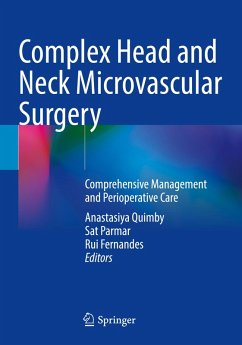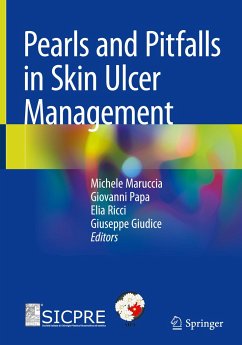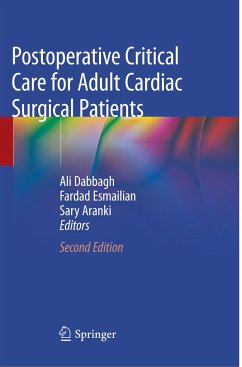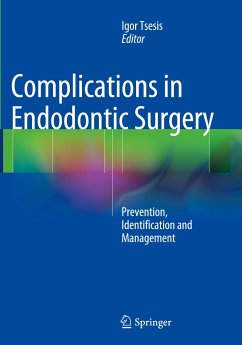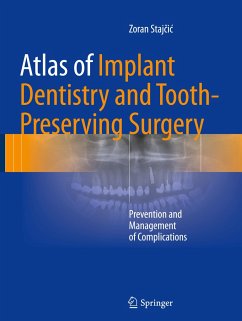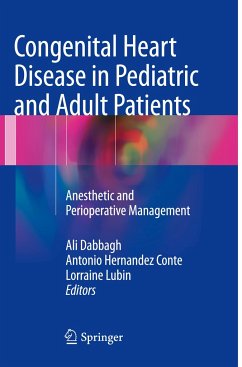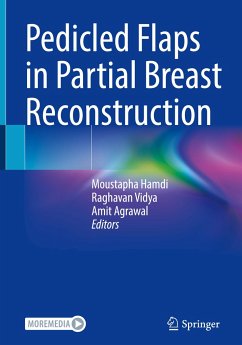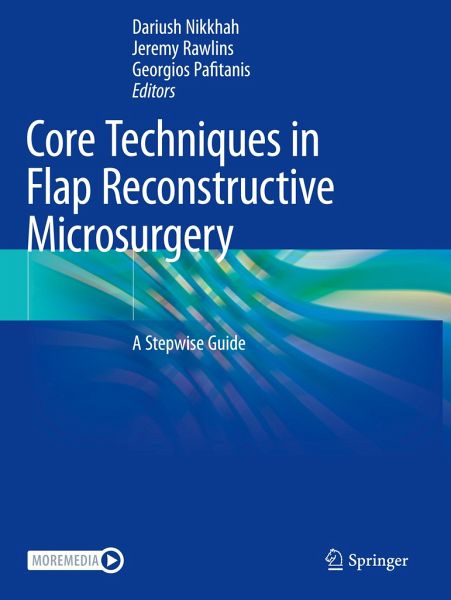
Core Techniques in Flap Reconstructive Microsurgery
A Stepwise Guide
Herausgegeben: Nikkhah, Dariush; Rawlins, Jeremy; Pafitanis, Georgios
Versandkostenfrei!
Versandfertig in 1-2 Wochen
90,99 €
inkl. MwSt.

PAYBACK Punkte
45 °P sammeln!
This book provides a practical, step-by-step guidance on modern workhorse flaps for plastic and reconstructive surgeons in training or in their early career. The 50 chapters cover everything from surgical fundamentals to preconditions of microsurgical techniques, but also covers pre-operative planning, steps of microsurgical dissection and management of complications in a straightforward, explanatory style, and are supplemented by over 600 clinical illustrations and cadaveric images. Further videos demonstrations with pertinent steps in flap dissection, anatomical nomenclature and long-term ou...
This book provides a practical, step-by-step guidance on modern workhorse flaps for plastic and reconstructive surgeons in training or in their early career. The 50 chapters cover everything from surgical fundamentals to preconditions of microsurgical techniques, but also covers pre-operative planning, steps of microsurgical dissection and management of complications in a straightforward, explanatory style, and are supplemented by over 600 clinical illustrations and cadaveric images. Further videos demonstrations with pertinent steps in flap dissection, anatomical nomenclature and long-term outcomes are also demonstrated. For each flap a detailed discussion of key papers concerning its origin, pitfalls, technical refinements and tips for success are also included. Thanks to specific notes on common reconstructive challenges and complications, this book offers a valuable reference tool and would be unquestionably an integral reference guide for every surgeon interested in reconstructive microsurgical techniques, especially during their early microsurgical career.




